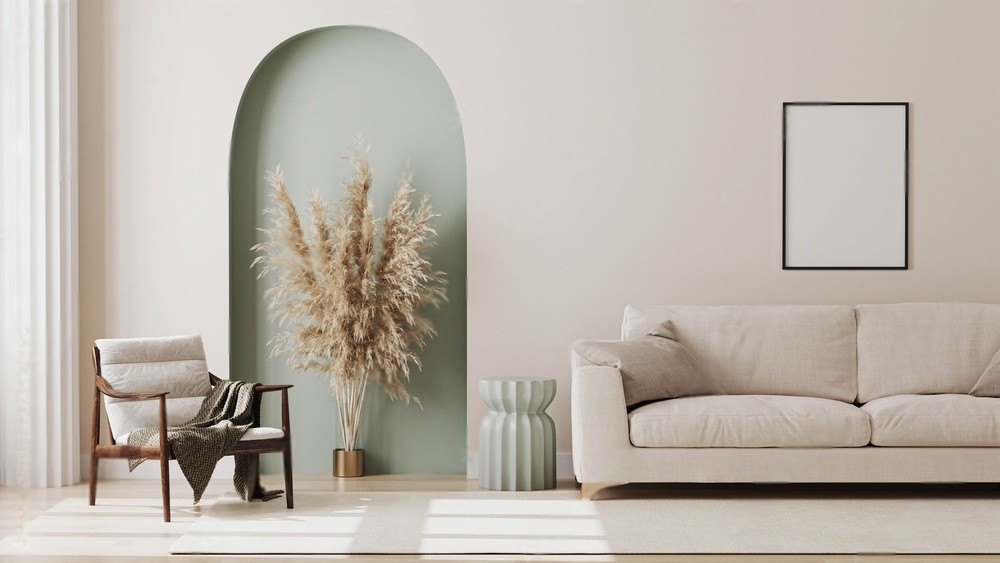News
Sep 11, 2024
Transforming Spaces: The Art of modern Interior Design
Interior design is more than just arranging furniture; it’s about creating environments that enhance the quality of life and culture of the occupants. A well-designed space can evoke emotions, promote functionality, and reflect personal style. This blog explores key aspects of interior design that make a significant impact.
Understanding the Basics of Interior Design
Interior design involves a thoughtful combination of aesthetics, functionality, and safety. It requires a deep understanding of space, color theory, materials, and human psychology. A good interior designer assesses a space’s purpose and the needs of its users to create tailored solutions.
Effective interior design is built on several core principles that guide the design process. Understanding these elements can help you appreciate the intricacies involved in crafting beautiful and functional spaces.
The Importance of Color and Lighting
Color and lighting are crucial components of interior design that can drastically alter the mood and perception of a space.
Color Choices: Different colors evoke different emotions. For example, blues can create a calming effect, while yellows can energize a room.
Lighting Techniques: The right lighting can highlight features, create ambiance, and affect the functionality of a space. Natural light is often preferred, but strategic artificial lighting can enhance a design.
Contrast and Harmony: Balancing contrasting colors and textures can add interest while maintaining a sense of harmony throughout the space.
Practical Tips for Interior Design Success
Define the purpose of each space.
Use a cohesive color palette.
Incorporate multifunctional furniture.
Balance aesthetics with comfort.
Pay attention to detail in decor and accessories.
